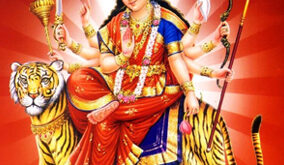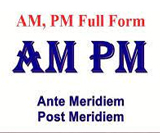
A horoscope is an astrological chart or diagram representing the positions of the Sun, Moon, planets, astrological aspects, andsensitive angles at the time of an event, such as the moment of a person’s birth. The word horoscope is derived from Greek words hõra and scopos meaning “time” “observer” (horoskopos, pl.horoskopoi, or “marker(s) of the hour.”) Other commonly used names for the horoscope in English include natal chart,astrological chart, astro-chart, celestial map, sky-map, star-chart, cosmogram, vitasphere, radical chart, radix, chart wheel, or simply chart. It is used as a method of divination regarding events relating to the point in time it represents, and it forms the basis of the horoscopic traditions of astrology.
In common usage, horoscope often refers to an astrologer’s interpretation, usually based on a system of solar Sun sign astrology; based strictly on the position of the Sun at the Time of Birth, or on the calendar significance of an event, as in Chinese astrology. In particular, many newspapers and magazines carry predictive columns, written in prose that may be written more for increasing readership than tied directly to the Sun or other aspects of the solar system, allegedly based on celestial influences in relation to the zodiacal placement of the Sun on the Month of birth, Cusp(2 days before or after any particular sign, an overlap), or decante(the month divided into 3 ten day periods) of the person month of birth, identifying the individual’s Sun sign or “star sign” based on the tropical zodiac.
No scientific studies have shown support for the accuracy of horoscopes, and the methods used to make interpretations are pseudo-scientific. In modern scientific framework no known interaction exists that could be responsible for the transmission of the alleged influence between a person and the position of stars in the sky at the moment of birth. Besides, all tests done so far, keeping strict methods to include a control group and proper blinding between experimenters and subjects have shown no effect beyond pure chance. Further, some psychological tests have shown that it is possible to construct personality descriptions and foretelling generic enough to satisfy most members of a large audience simultaneously. This is usually referred to as the Forer or Barnum effect.
 पौराणिक कथाओं, प्रेरक क्षण, मंदिरों, धर्मों, फिल्मों, हस्तियों के बारे में दिलचस्प जानकारी, हजारों गाने, भजन, आरती के बोल हैं Your wish may come true today…
पौराणिक कथाओं, प्रेरक क्षण, मंदिरों, धर्मों, फिल्मों, हस्तियों के बारे में दिलचस्प जानकारी, हजारों गाने, भजन, आरती के बोल हैं Your wish may come true today…



























